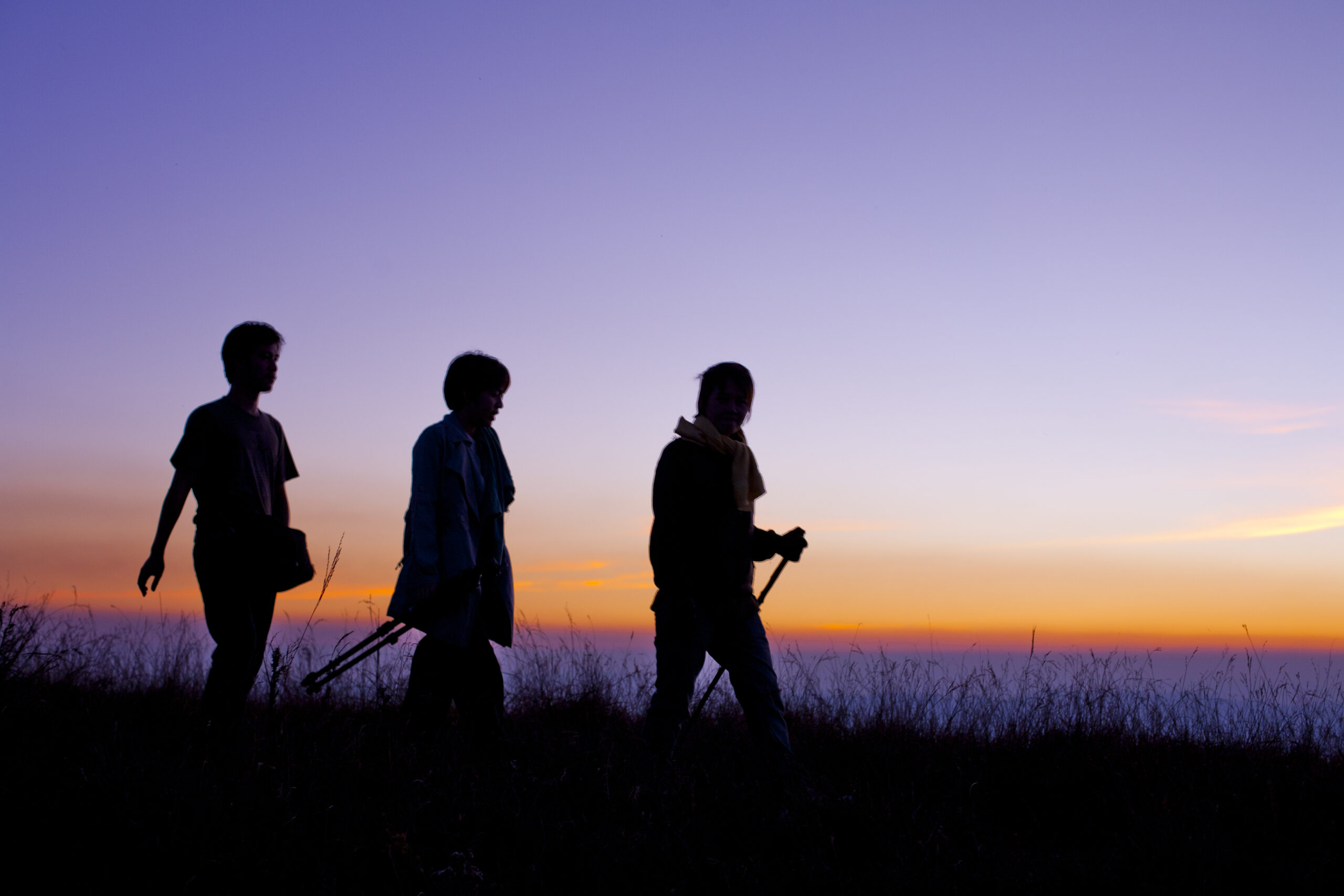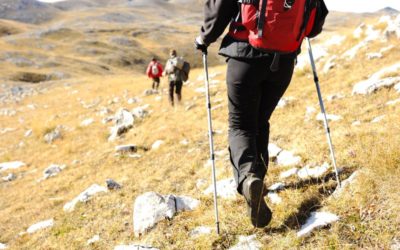Are you ready to embark on an adventure that will take your breath away? Hiking is a thrilling activity that allows you to explore the great outdoors and disconnect from the hustle and bustle of everyday life. However, before you hit the trails, it’s essential to know how to stay safe while hiking. In this blog post, we’ll cover everything you need to know to ensure a fun and safe hike.
Introduction to Hiking Safety
Hiking can be a dangerous activity if proper precautions aren’t taken. It’s crucial to plan ahead, prepare adequately, and follow safety guidelines to minimize risks. Here are some essential tips for staying safe while hiking:
1. Research the trail before you go. Familiarize yourself with the terrain, elevation gain, and any potential hazards such as steep drops or loose rocks.
2. Tell someone where you’re going and when you expect to return. This way, someone will know where you are and can check up on you if necessary.
3. Bring appropriate gear. We’ll discuss what gear you need later in this article, but having the right equipment can make all the difference in a potentially dangerous situation.

4. Stay aware of weather conditions and adjust your plans accordingly. If there’s a chance of rain or thunderstorms, consider rescheduling your hike or taking extra precautions to stay dry and avoid lightning strikes.
5. Know your limits. Don’t push yourself too hard, especially if you’re new to hiking. Start with easy trails and work your way up gradually.
Essential Gear for a Safe Hike
Now that we’ve covered some general safety tips, let’s dive into the specific gear you’ll need to stay safe while hiking. Here are some essentials:
1. Good quality hiking boots with excellent traction. Choose boots that fit well and provide ample support for your ankles.
2. A sturdy backpack to carry your supplies. Make sure it fits properly and isn’t too heavy.
3. Plenty of water and a way to purify it, such as a filter or iodine tablets. Dehydration is a common cause of injury and exhaustion on the trail.
4. High-energy snacks like granola bars or trail mix to keep you fueled and energized.
5. Sun protection, including a hat, sunglasses, and sunscreen. The sun can be intense at high altitudes, so don’t forget to protect your skin!
6. Appropriate clothing for the weather, including layers that can be easily added or removed. Even on warm days, temperatures can drop quickly at higher elevations.
7. Navigation tools like a map, compass, or GPS device. Getting lost on the trail can be dangerous, so make sure you have a reliable way to find your way back to civilization.
Staying Safe on the Trail
Once you’ve gotten your gear together and set off on your hike, here are some additional steps you can take to stay safe:
1. Follow designated trails and avoid shortcuts or off-trail exploration. These areas may not be maintained and could pose hidden dangers.
2. Watch your footing and be mindful of uneven terrain and obstacles like roots or rocks. Take your time and focus on each step to prevent slips, trips, and falls.
3. Be alert for wildlife and respect their space. Some animals, particularly those with young, may become aggressive if they feel threatened.
4. Keep noise levels down and avoid loud music or conversation, which can startle animals and other hikers.
5. Leave no trace behind. Pack out all trash and food waste, and do your part to preserve the natural beauty of the area.
First Aid and Emergency Preparedness
Finally, it’s important to be prepared for emergencies while hiking. Here are some first aid and emergency preparedness tips:
1. Carry a first aid kit with essentials like bandages, antiseptic wipes, and pain relievers. Know how to use these items and when to seek medical attention.
2. Have a communication device like a phone or walkie-talkie to call for help if needed. Make sure it’s charged and has service in the area.
3. Learn basic survival skills like building shelter, starting fires, and finding clean drinking water. These skills could save your life in extreme situations.
In conclusion, hiking can be a rewarding and exhilarating experience if done safely. By following these tips and being prepared, you can enjoy the great outdoors without putting yourself or others in danger. So lace up your boots, pack your gear, and get ready for an unforgettable adventure!



